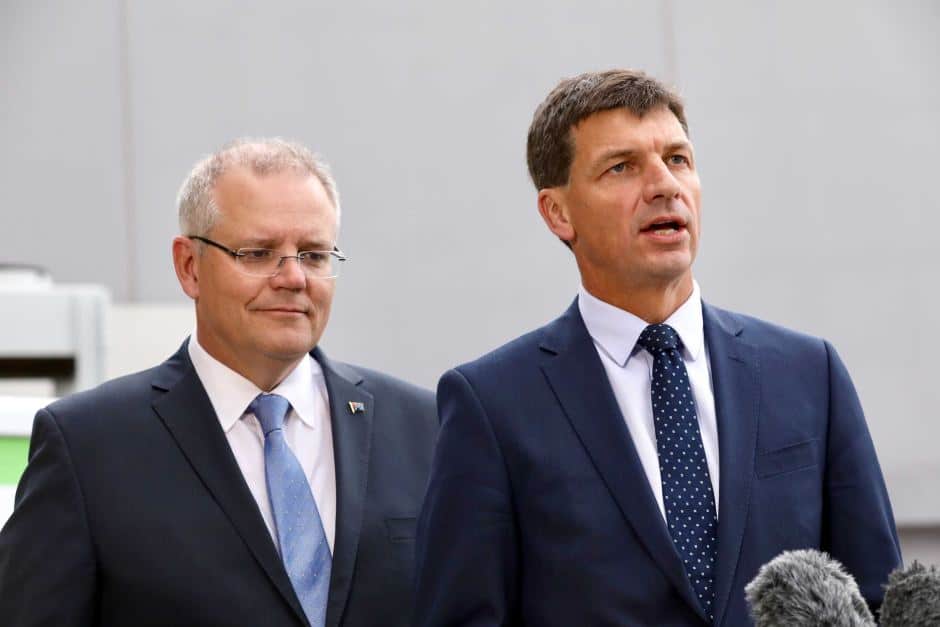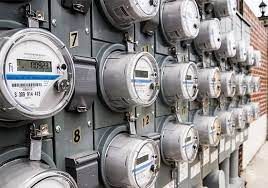The Morrison Government is investing in new and emerging technologies that will support jobs, strengthen our economy and reduce emissions – with a $1.9 billion package announced on Thursday, 17 September, 2020. ¹ The Prime Minister said the Government is supporting the next generation of energy technologies with the bulk of that funding ($1.62 billion) earmarked for the Australian Renewable Energy Agency (ARENA) with the view to further invest and expand the focus of ARENA and the Clean Energy Finance Corporation (CEFC) to back new technologies that will cut emissions in agriculture, manufacturing, industry and transport.
Prime Minister Scott Morrison said the $1.9 billion investment package in future technologies to lower emissions would back jobs now and into the future, cut costs for households and improve the reliability of our energy supply.
The range of energy initiatives covered by this injection of much needed investment, includes:
- $1.62 billion in funding for ARENA, which includes $1.42 billion in baseline funding, and funding that is allocated for specific purposes, such as $68 million for the Technology Co-Investment Fund and $53.5 million for microgrids.
- $95.4 million for a Technology Co-Investment Fund – recommended by the King Review – to help businesses in the agriculture, manufacturing, industrial and transport sectors to adopt technologies that increase productivity and reduce emissions. $68 million of this funding will be spent via ARENA and $27.4 million through other routes. The nature of the Technology Co-Investment Fund is currently unclear, but it’s possible that it might be used to support innovative practices such as heat pumps in industry.
- Helping businesses and regional communities take advantage of opportunities offered by hydrogen, electric, and bio-fueled vehicles with a new $74.5 million Future Fuels Fund
- Boosting energy and emissions data and cyber-security reporting and supporting the delivery of future Low Emissions Technology Statements under the Technology Investment Roadmap process, as well as developing an offshore clean energy project development framework, together worth $40.2 million
- $52 million for energy efficiency programs, including:
- $12 million in grants for pubs and small hotels to invest in energy efficiency;
- $12 million in grants for community organisations to invest in energy efficiency and clean energy;
- $28 million for a range of unspecified measures. We understand that this will include funding measures such as the ongoing operation and expansion of the NABERS program and the Low Emission Trajectory for buildings.
Australia is in the midst of a world-leading boom in renewable energy with over $30 billion invested since 2017. Solar panels and wind farms are now clearly commercially viable and have graduated from the need for government subsidies and the market has stepped up to invest.
Minister for Energy and Emissions Reduction Angus Taylor said getting the next generation of energy technologies right would not only help to keep prices low and the lights on, but would importantly grow jobs, strengthen the economy and reduce emissions.
“We will reduce the cost of new and emerging technologies, not raise the cost of existing technologies or layer in new costs to consumers and businesses through mandated targets or subsidies,” Minister Taylor said.
The most significant measure is $1.62 billion in funding for ARENA, as this funding was essential for ARENA’s continued operation. The mandate of ARENA has also been expanded from just renewable energy to also cover technologies such as energy efficiency, hydrogen and carbon capture and storage. What specific priorities ARENA will have on energy management is unclear, and will likely be developed over the next 6-12 months.
“ARENA has played an important role in this growth, and as the cost of renewable technologies has fallen dramatically, the Government is investing in the future of ARENA to support the next generation of energy technologies.”¹
According to a media statement, the Government’s emissions reduction strategy is focused on technology not taxes. An approach that doesn’t compromise energy affordability or reliability will be more important than ever as we recover from the COVID-19 pandemic.
The other funding measures are modest but welcome – especially the funding for energy efficiency grants and for the continuation of low-cost but high-impact measures such as the NABERS rating program for buildings.
The Energy Efficiency Council’s CEO, Luke Menzel, has played a pivotal role in advocating for further funding for ARENA and expansion of its role. The Technology Co-investment fund is also likely to be an outcome of the joint advocacy by the EEC and a range of well-respected organisations, who have been advocating for funding for energy management in businesses and households.²
Ecosave’s Group Managing Director, Robin Archibald, said
Energy efficiency and smart demand management are emerging as a critical path towards a net zero future. The government’s funding is a huge step in the right direction, however, there are still significant opportunities for governments to reduce their carbon footprint, achieve operational cost savings and create jobs through increased investment in energy efficiency.
The Energy Efficiency Council (EEC) also believes that energy efficiency could play a far more significant role in creating jobs and stimulating Australia’s economy. As noted earlier this year, the International Monetary Fund (IMF) and the International Energy Agency (IEA) recommend that governments invest in energy efficiency as it is the MOST jobs-rich field, far ahead of traditional sources of energy.²
Construction and manufacturing jobs created per million dollars of capital investment
Image Source: https://www.iea.org/reports/sustainable-recovery/evaluation-of-possible-recovery-measures#abstract
Accordingly, the EEC will continue to advocate for the Australian, state and territory governments to build on last week’s announcement and make significant commitments to invest in upgrading schools, hospitals and public housing, helping manufacturers to cut their energy bills; and supporting households and businesses to save energy in their buildings.
Put simply, energy efficiency is a jobs machine. It is time to start it up.²
¹ Prime Minister of Australia, Investment in New Energy Technologies, Media Release 17 Sep 2020
² Energy Efficiency Council Member Alert, 17 Sep 2020
You may also be interested in:
- Boosting Energy Productivity Key to Economic Recovery
- Clean and Lean Energy – building a stronger post-pandemic economy
- Energy Efficiency is a jobs machine – time for local governments to get it cranking
- The COVID-19 effect on energy efficiency projects – demand for energy service agreements on the rise






